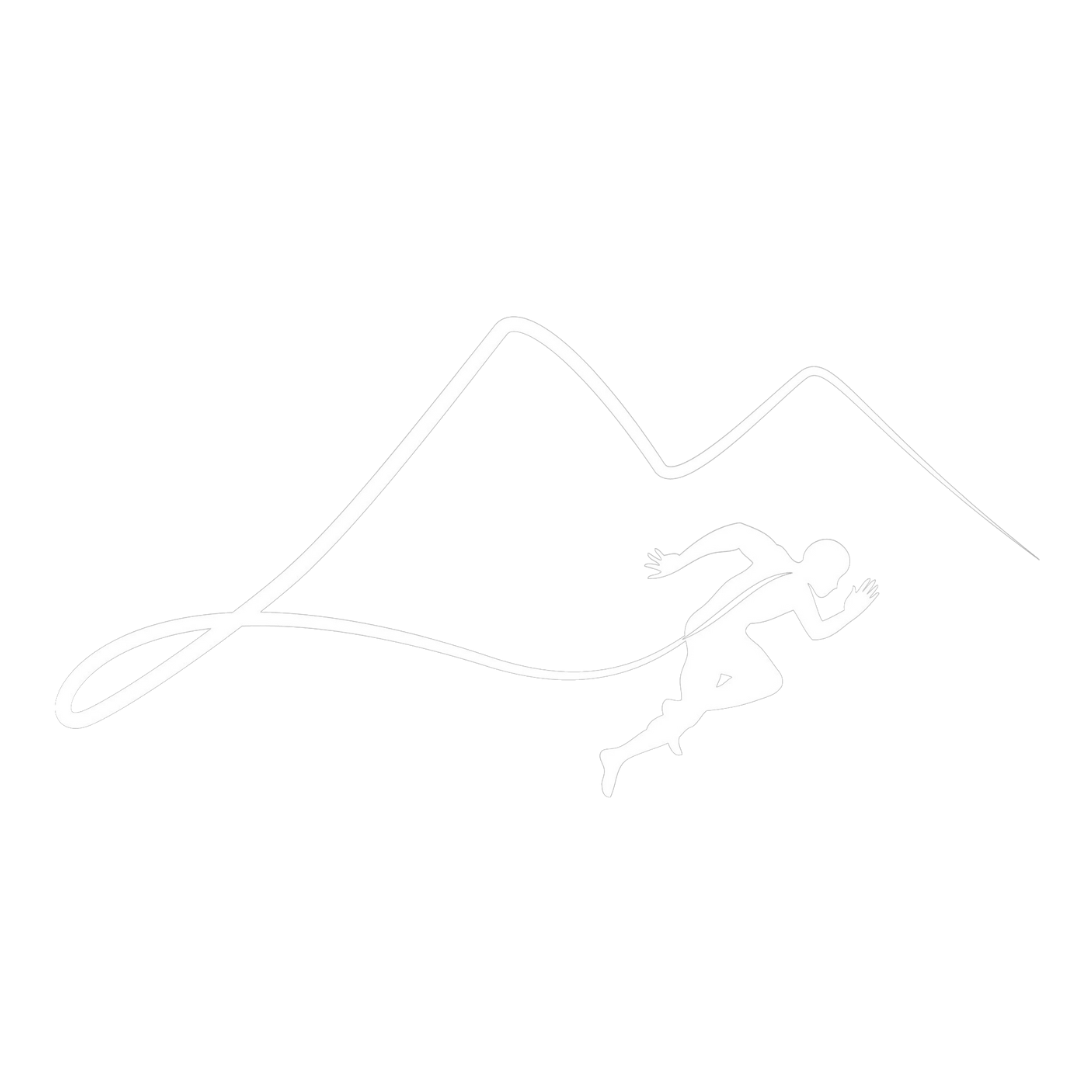Neck Pain Treatment
Neck Pain Treatment in Denver
Neck pain is most commonly mechanical in origin, meaning that it is related to every day movements and positions. If your neck symptoms change with movements and positions and is accompanied by a loss in range of motion, you are likely suffering from mechanical neck pain. Similar to your back, it is very important to consider the position of your neck. Prolonged positions may cause joint stiffness, or ligaments to overstretch, resulting in pain and loss in range of motion.
Since most neck pain is mechanical in nature. we take a movement-based approach. A thorough movement assessment is performed to determine an effective, specific exercise program that reduces symptoms and restores function. Patients are educated on how their condition behaves, how to heal themselves, as well as strategies to prevent future issues.
Implementing specific lifestyle strategies is another essential aspect of managing and resolving back pain. Daily habits, including activity level, stress management, and recovery all play an important role in the pain experience. We offer a comprehensive approach to treating back pain that not only resolves symptoms but aims to prevent recurrence.

What is it?
Neck pain is most commonly mechanical in origin, meaning that it is related to every day movements and positions. If your neck symptoms change with movements and positions and is accompanied by a loss in range of motion, you are likely suffering from mechanical neck pain. Similar to your back, it is very important to consider the position of your neck. Prolonged, awkward positions (slouching, hunching, protruded neck positions) may cause ligaments to overstretch, resulting in pain over time. If you are suffering from neck pain resulting from postural stresses, some very simple, specific exercises can be your solution to eliminate pain and prevent future episodes.
How to Treat Neck Pain?
Since most neck pain is mechanical in nature, we take a movement-based approach. A thorough movement assessment is performed to determine an effective, specific exercise program that reduces symptoms and restores function. Patients are educated on how their condition behaves and learn how to heal themselves.
Pain, numbness, or weakness in my shoulder, arm and/or hand?
It is not uncommon for neck pain to be accompanied with radiating pain into the arm and/or hand. While the area of discomfort may be in your extremities, the pain is most likely originating from the spine. Correcting the spinal problem almost always abolishes peripheral symptoms.

Neck Pain is just one of the many conditions we treat at Denver Spine & Performance.
Contact us today at 303.758.1100 for an individualized plan of care.
